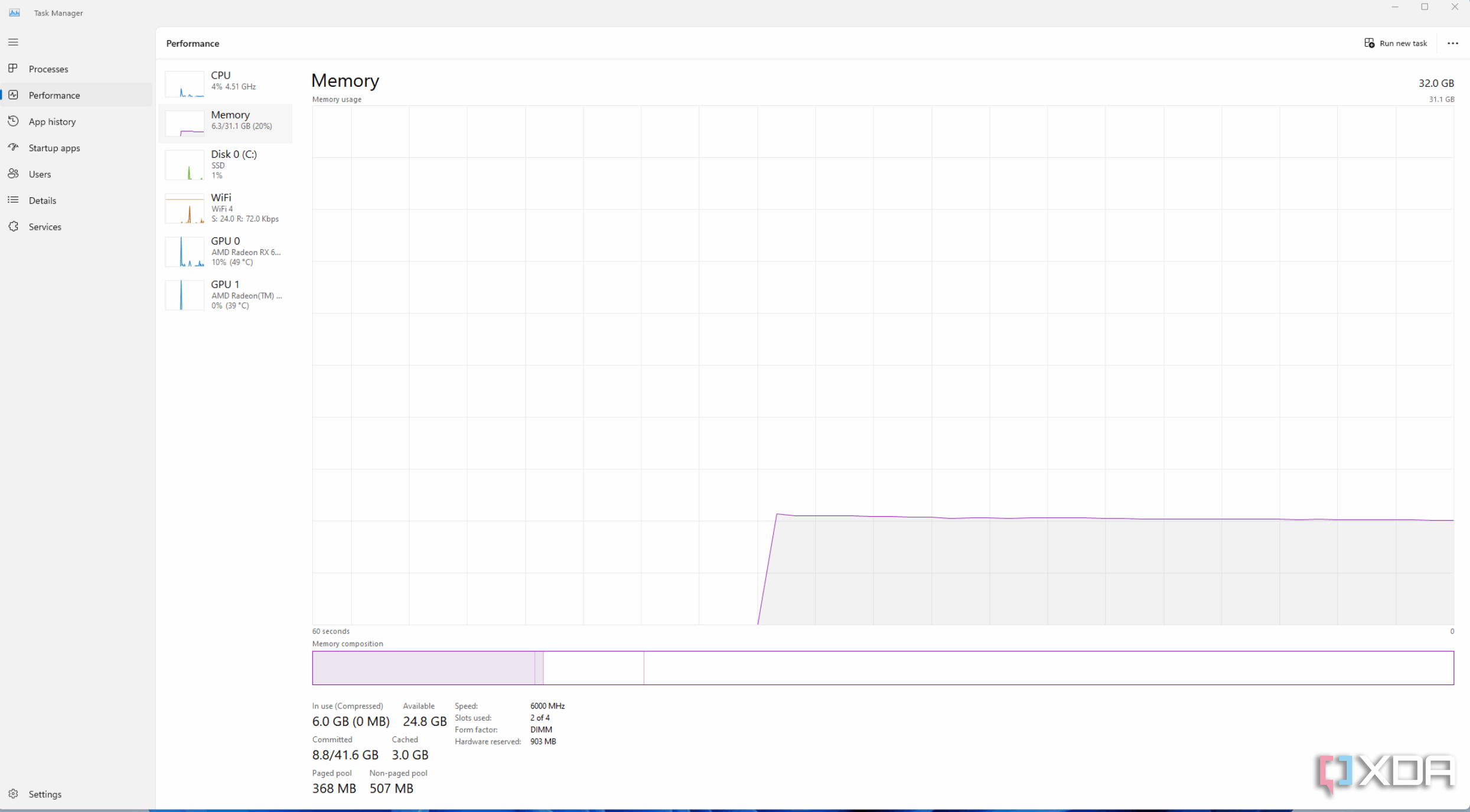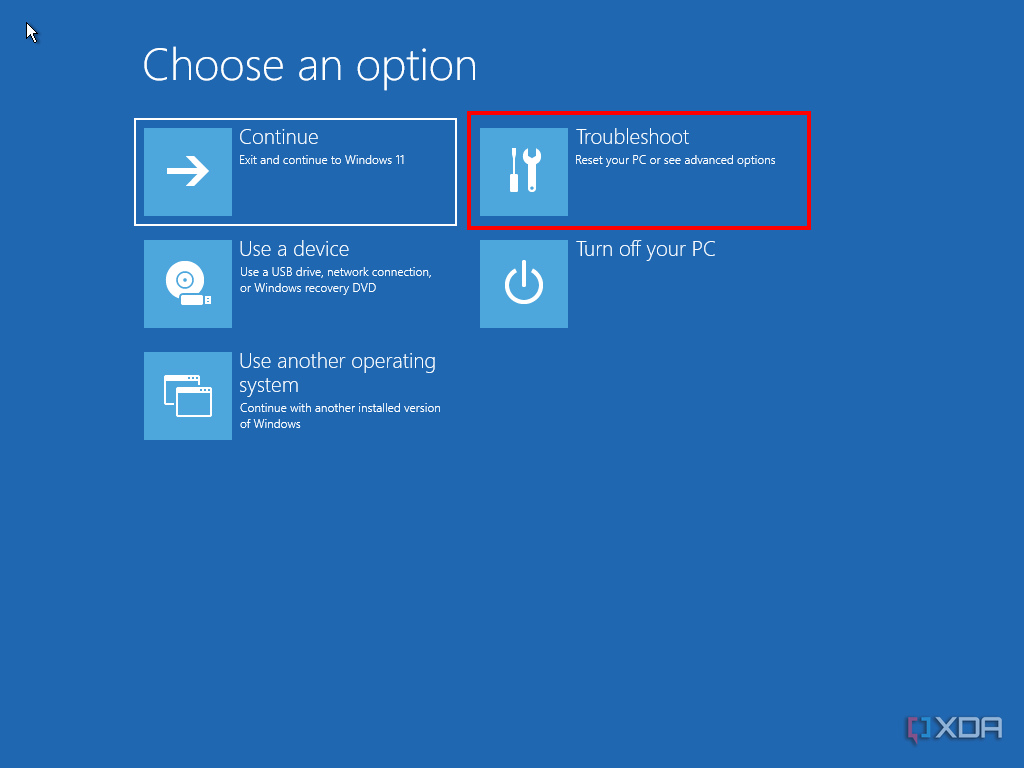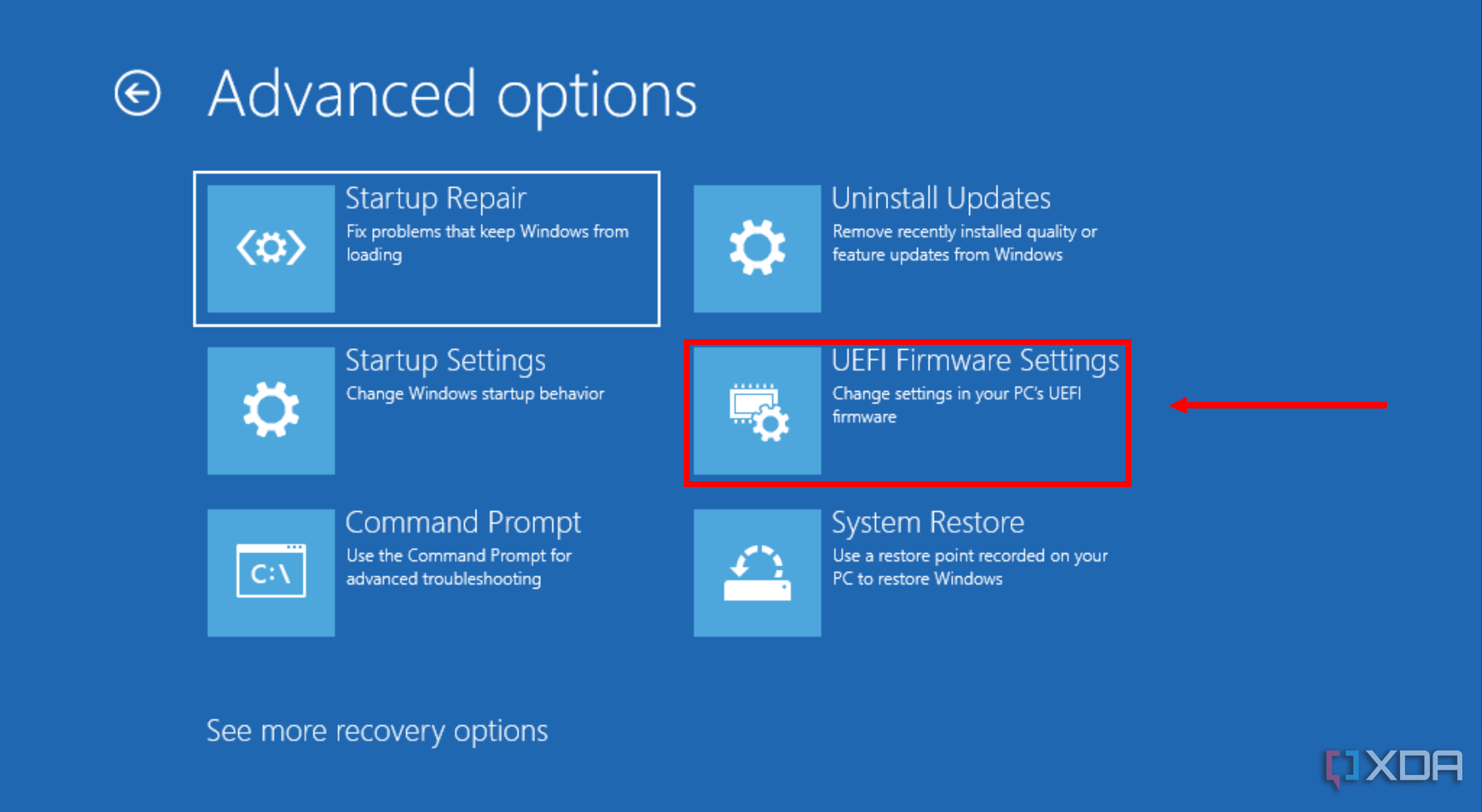Checking your RAM speed can be invaluable in ensuring your PC is running optimally. It is also more important than ever to ensure you are getting the most for your money, especially regarding computers. So whether you’re curious, your device is struggling, or you’re looking to upgrade, it’s a good idea to check your RAM speed to ensure your PC is running as well as possible.
When checking your RAM speed, there are a few ways to see what speed your RAM is running at. This article will look at three of the most widely used and easiest ways to do so.
How to make your GPU perform better
Discover key strategies to enhance your GPU’s efficiency. Learn about overclocking, cooling solutions, and settings optimization.
Use the Windows built-in Task Manager to check your RAM speed
This may be the easiest and safest option to check the speed of your RAM. No downloads are required, and you don’t have to worry about accidentally changing settings.
- To enter the Task Manager, press Ctrl+Shift+Esc. This will open the Task Manager directly, as shown below.
- Navigate to the Performance tab and then select the Memory tab.
Using CPU-Z to check the speed of your RAM
This is the preferred way to check RAM settings and speeds for a lot of PC gamers, enthusiasts, and overclockers. Not only does CPU-Z offer detailed information on your memory, but it also offers info on your CPU, motherboard, graphics card, and more.
- Download and install CPU-Z from the official website.
- Open the CPU-Z program.
- Click the Memory tab.
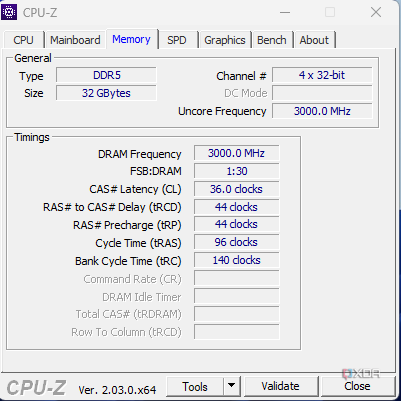
CPU-Z shows your RAM at the Single Data Rate, but the DDR of your RAM (DDR3/DDR4/DDR5) stands for Double Data Rate, so you would multiply your speed shown in CPU-Z by two. For example, if CPU-Z shows 3000MHz, your RAM speed would actually be 6000MHz.Not only does CPU-Z show your RAM speed, but it also shows your RAM’s total amount (size). You can also see the CAS Latency Timings, which are important in how fast your RAM operates.
Checking your RAM speed via your BIOS
Checking your RAM speed through the BIOS on a PC or laptop is similar, but it may not always be the same. Also, depending on who built your PC or what motherboard they used, things may look slightly different, but for the most part, they should be fairly similar. The following instructions should work for most models. For this demonstration, we are using an ASRock B650E Taichi Light Motherboard on Windows 11.
You should not change any settings or values in the BIOS, as this could affect how your PC runs.
There are multiple ways to enter your BIOS; one is to restart your computer. When the splash screen loads, hit your F2 or Del key to enter the BIOS.
And that is pretty much it. Once in your BIOS, your RAM speeds are generally shown on the first screen. As mentioned, depending on your motherboard manufacturer, things may look a bit different from the images below. However, you should still be able to see the speed of your RAM easily enough.
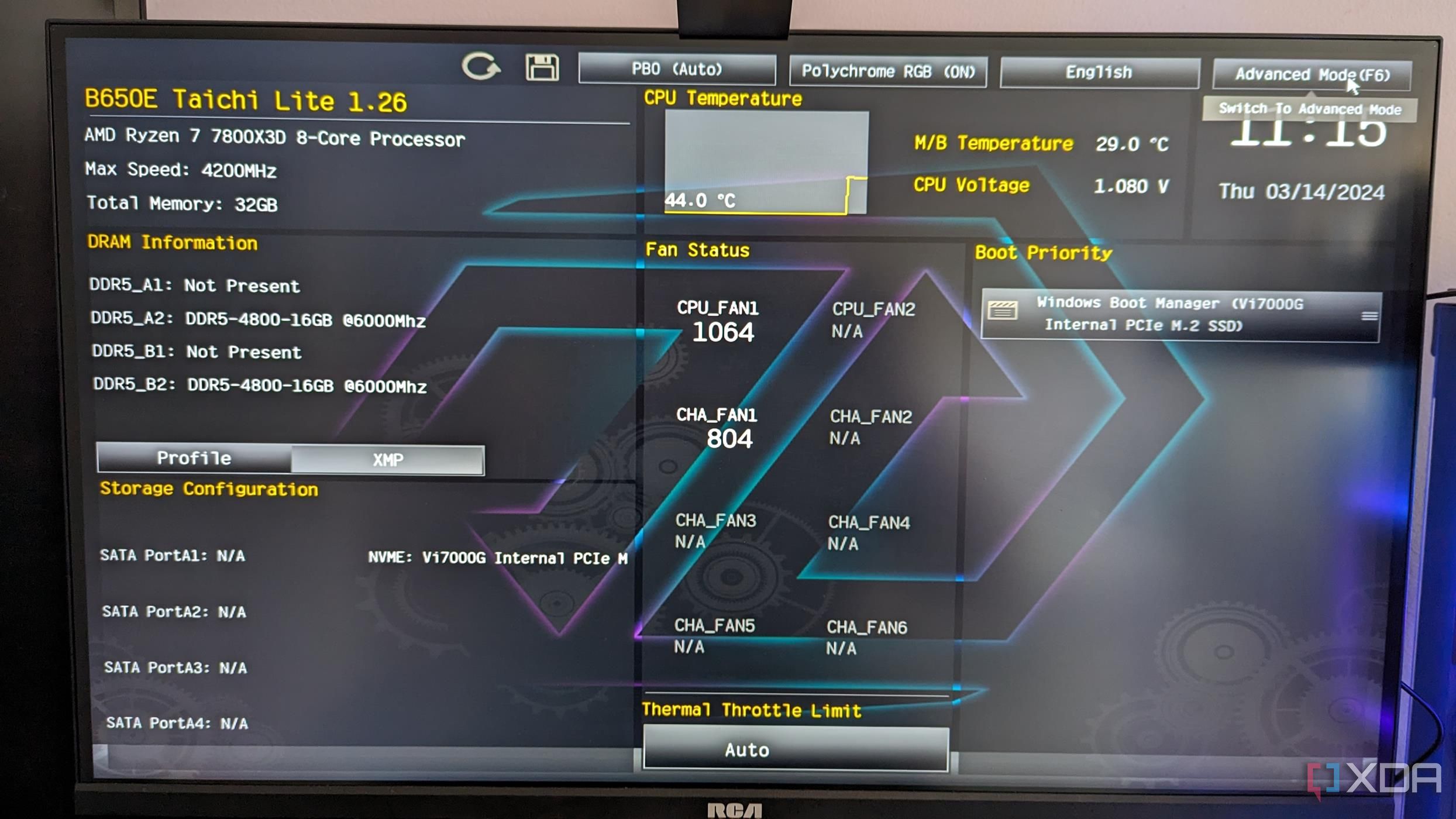
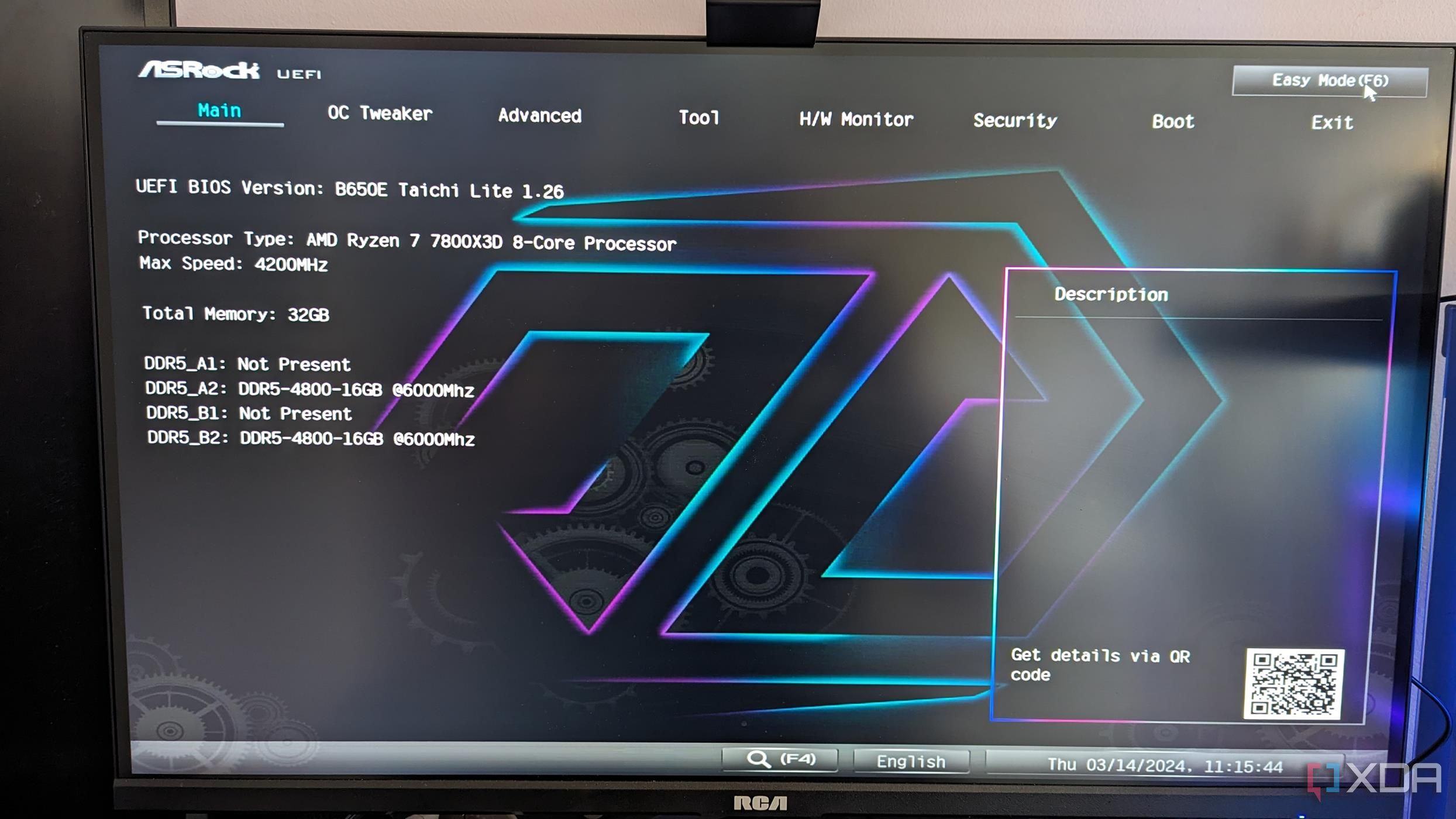
The first image above is the Easy Mode BIOS Screen on the ASRock B550E Taichi Light Motherboard. The RAM speeds and what slots they occupy are listed on the left-hand side. The second image is of the Advanced BIOS option on the same motherboard. However, while the RAM speeds are listed similarly to the easy mode BIOS, they are much easier to see as the rest of the info is now hidden behind tabs.
If the above method doesn’t work, you can also enter the BIOS using Windows.
- Open the Start menu.
- Click the Power button and hold Shift on your keyboard while clicking Restart.
- Your computer will restart and boot into the Windows Recovery Environment. Click Troubleshoot.
- Click Advanced options.
- Choose UEFI Firmware Settings.
- Click Restart.
You will now be taken to your PC’s BIOS settings. Again, things will look a bit different depending on who makes your motherboard (for PC) or your laptop. In most cases, if the RAM speeds are not shown on the main BIOS page, they are easy enough to find.
Why checking your RAM speed is important
As mentioned at the beginning of this article, there are several important reasons why you should check your RAM speeds. For me, the most important is that if you pay for it, you might as well use it! You wouldn’t buy a pizza to only eat half, and you shouldn’t use only half of your RAM speed, either. Making sure your RAM is running at its rated speed will also ensure your computer is running efficiently and to its full potential.
While the difference in RAM speeds may be minimal in terms of performance at times, there is no denying faster RAM will generally help applications and games load quicker. It will also help when running more programs simultaneously and make switching back and forth between them smoother. In today’s world, I think we can all agree that the quicker we can load programs or search the internet, the better.
Another good reason is if you want to upgrade or add more RAM to your PC. Knowing what RAM speed your PC can handle will allow you to make a more informed decision. Checking your RAM speed is easy and can be done by anyone on almost any Windows-based laptop or PC in a couple of minutes. If you haven’t tried it yet, go ahead and give it a go.
